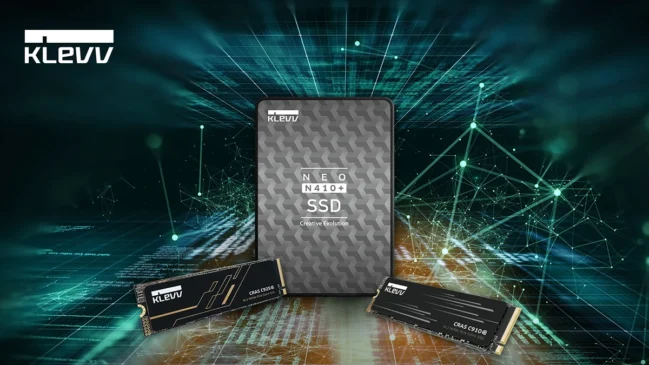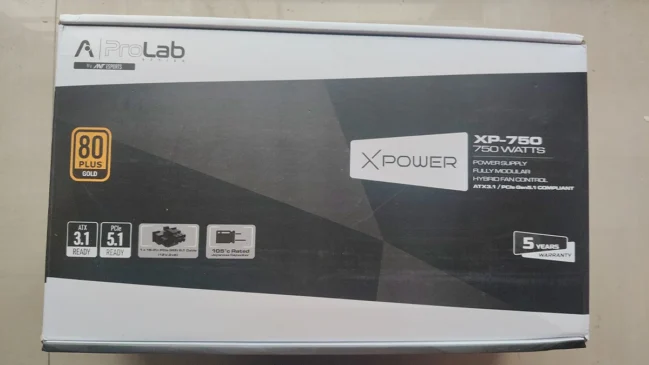
AMD took a moment to briefly touch upon its highly anticipated Navi GPU architecture and associated family of products. AMD didn’t go too deep here, but they have given us just enough to be tantalized ahead of a full reveal in the not too distant future. The first Navi cards will be the Radeon RX 5700 series, which are launching in July and on an architectural level will offer 25% better performance per clock per core and 50% better power efficiency than AMD’s current-generation Vega architecture. The products will also be AMD’s first video cards using faster GDDR6 memory. Meanwhile, AMD isn’t offering much in the way of concrete details on performance, but they are showing it off versus NVIDIA’s GeForce RTX 2070 in the AMD-favorable game Strange Brigade.
AMD has been tinkering with its GPU architecture to improve both the effective IPC and memory bandwidth efficiency. The new Architecture is being called RDNA or Radeon DNA. It’s still not clear if RDNA is a completely new Graphics Core or if it’s an evolution of AMD’s existing GCN to deliver better gaming performance rather than focusing on compute. AMD’s press materials also note that, regardless of the above changes, the size hasn’t changed: a single CU is still 64 stream processors.

Altogether, a Navi core/CU should be 25% faster than a Vega core on a clock-for-clock basis. The devil is in the details of course – AMD’s data is based off of their internal testing, taking the geomean of 30 games tested at 3840×2160 with Ultra settings and 4x AA, so it’s not a holistic view of just the core architecture – but it’s still potentially one of AMD’s largest GPU IPC gains in the last several years.
AMD is touting that Navi’s cache subsystem offers both higher performance and lower latency than Vega’s, all for less power consumption. AMD has always been hamstrung a bit by memory/cache bottlenecks, so this would be a promising development for AMD’s GPU architecture. AMD’s memory controllers themselves have also been updated. Long expected, and confirmed in the press release that went out after Dr Lisa Su’s keynote, the upcoming RX 5700 series cards use GDDR6 memory, which should give AMD’s cards a hearty bandwidth bump over their comparable GDDR5 Polaris cards.

Last but certainly not least, of course, is overall power efficacy. Thanks to the combination of AMD’s architectural improvements and TSMC’s 7nm process, AMD is promoting a 50% increase in performance per watt for Navi. AMD’s recent GPUs have always had this issue of being too power hungry compared to NVIDIAs and even when their GPUs are viable that weakness draws a lot of flack from the press.
Alongside the architecture teaser, AMD also offered up some high-level details about the first Navi video cards. Navi will be sold under AMD’s RX 5000 series of video cards – that’s right, after Vega and Radeon VII, they’re going back to distinct series numbers. The RX 5000 series means that AMD is making a big jump in their numbering system, going back to 4 digits and back to the 5000 series. Officially, this is because AMD is celebrating its 50th year in business this year – so of course the product numbers need to start with a 50. However long-time observers will note that it’s been 10 years now since AMD’s previous 5000 series of video cards, the well-received Radeon HD 5000 series, and AMD may be trying to capture a bit of that. AMD also confirmed at least 1 SKU of the GPUs will be available from July.
AMD’s next big gaming event will be their E3 2019 Next Horizing Gaming Event, and AMD tells us that we’ll find out more about the RX 5000 series there. So stay tuned.









